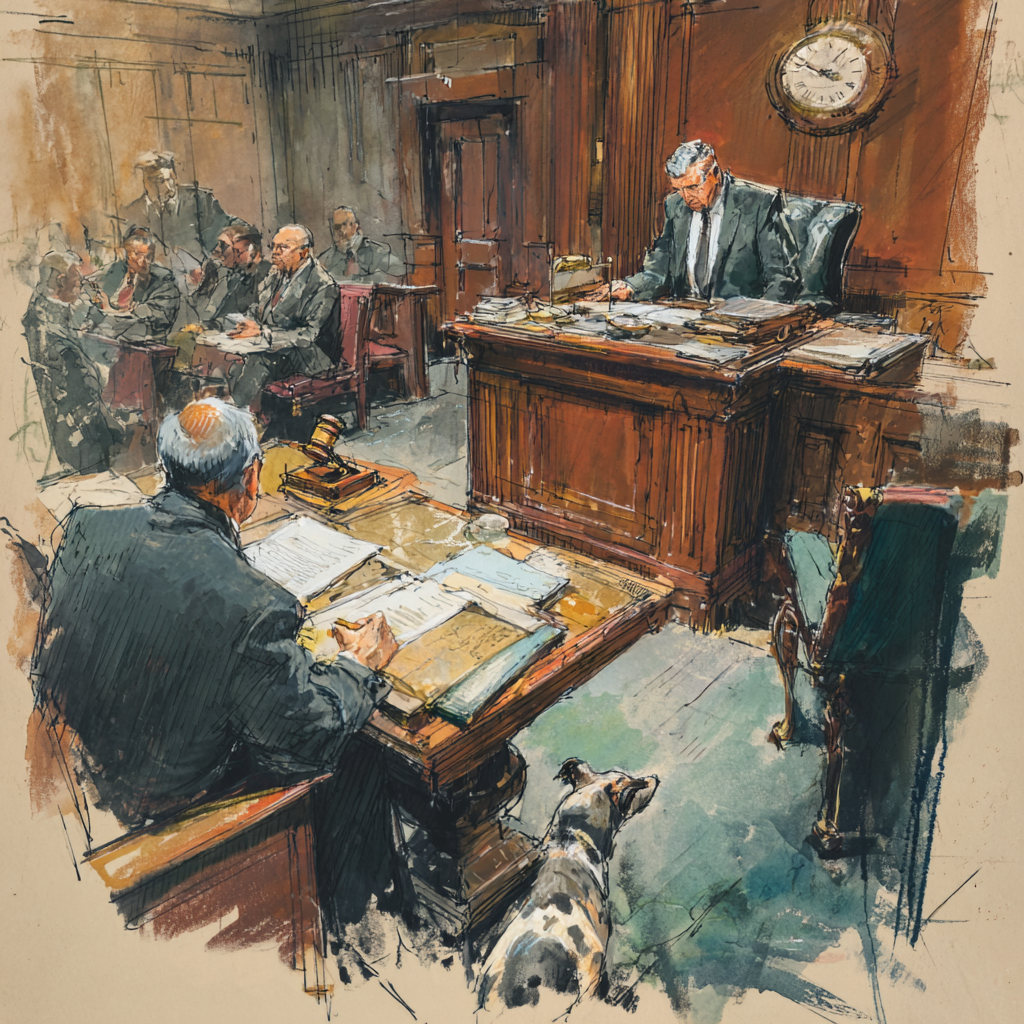What happens if you draft an affirmation that is missing the magical “2106” language and the defect is properly objected to? You lose.
Can you move to renew? As we learn in Arkin v Resnick 8 2009 NY Slip Op 08980 (2d Dept. 2009), the answer is a qualified “yes”.
“The motion papers included a document by their medical expert, Dr. Alan Mensch, that was labeled as an “affirmation,” but was prefaced with a statement that he had been “duly sworn.” However, the document did not have either a jurat or a statement pursuant to CPLR 2106 that Dr. Mensch affirmed the statement to be true under the penalties of perjury. By order dated December 30, 2007, the Supreme Court denied the motion on the ground that the affirmation did not comply with CPLR 2106 or 2309, and thus, the movants failed to proffer evidence in admissible form. In support of their motion, in effect, for leave to renew, the movants submitted a substantively identical affirmation with the proper language required by CPLR 2106. By order dated June 9, 2008, the court, upon renewal, granted the motion for summary judgment dismissing the complaint as to the movants, and on July 22, 2008, entered judgment thereon. Contrary to the plaintiff’s contention, the Supreme Court did not improvidently exercise its discretion in granting the motion for leave to renew, allowing the movants the opportunity to correct their inadvertent mistake by submitting an identical affirmation in the proper form (see CPLR 2201, 2221[e]; Simpson v Tommy Hilfiger U.S.A., Inc., 48 AD3d 389, 391; Acosta v Rubin, 2 AD3d 657, 658; DeLeonardis v Brown, 15 AD3d 525, 526; Baluchinsky v General Motors Corp., 248 AD2d 574, 575).”
I am not sure we would have the same result if a chiropractor improperly affirmed a document and, following an adverse result, the “losing” attorney sought leave to renew in order to place the document in affidavit form. This would not be inadvertent. Rather, it would be considered a strategical gaff, which would not lend itself to relief through a motion to renew.









